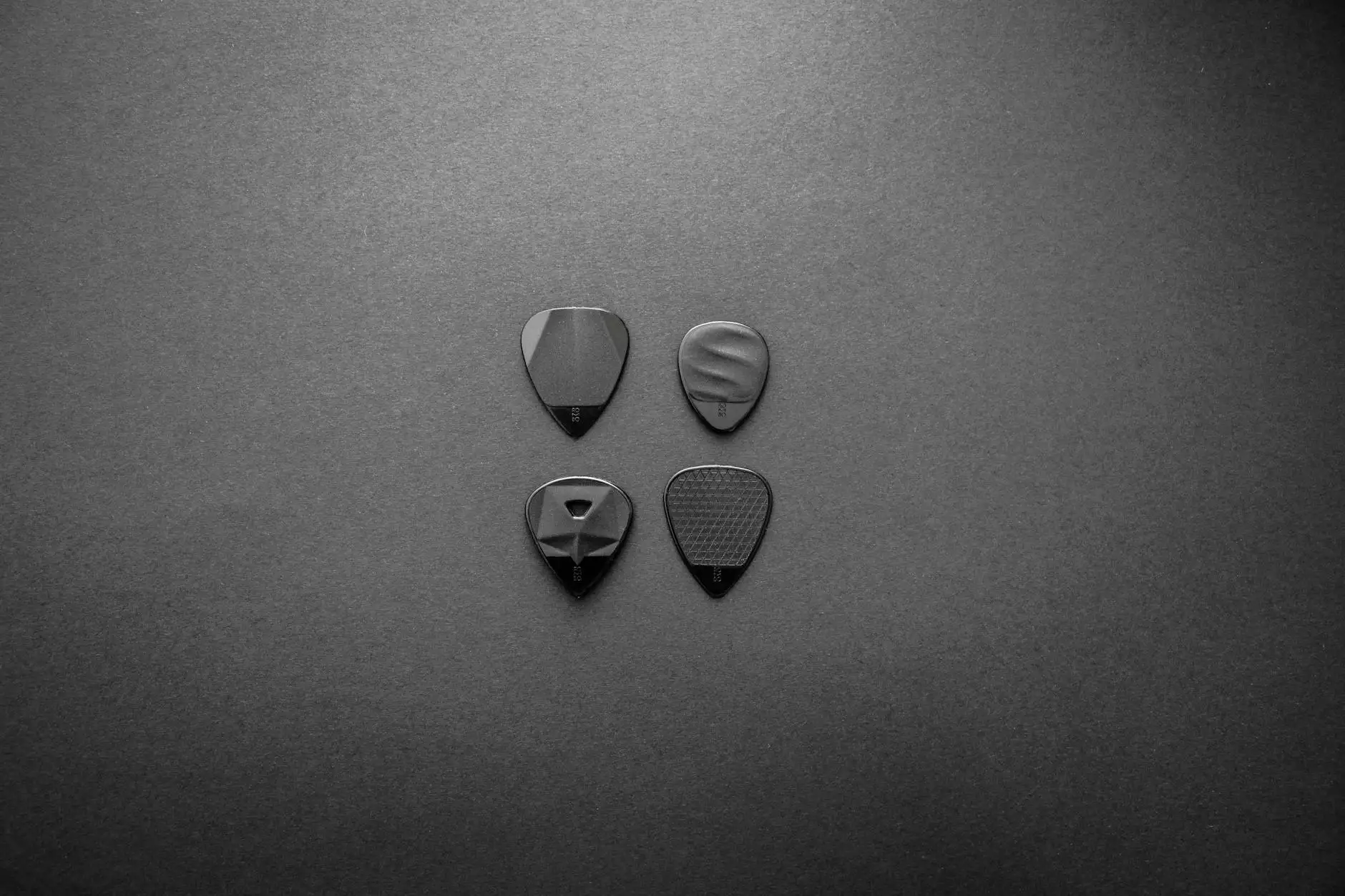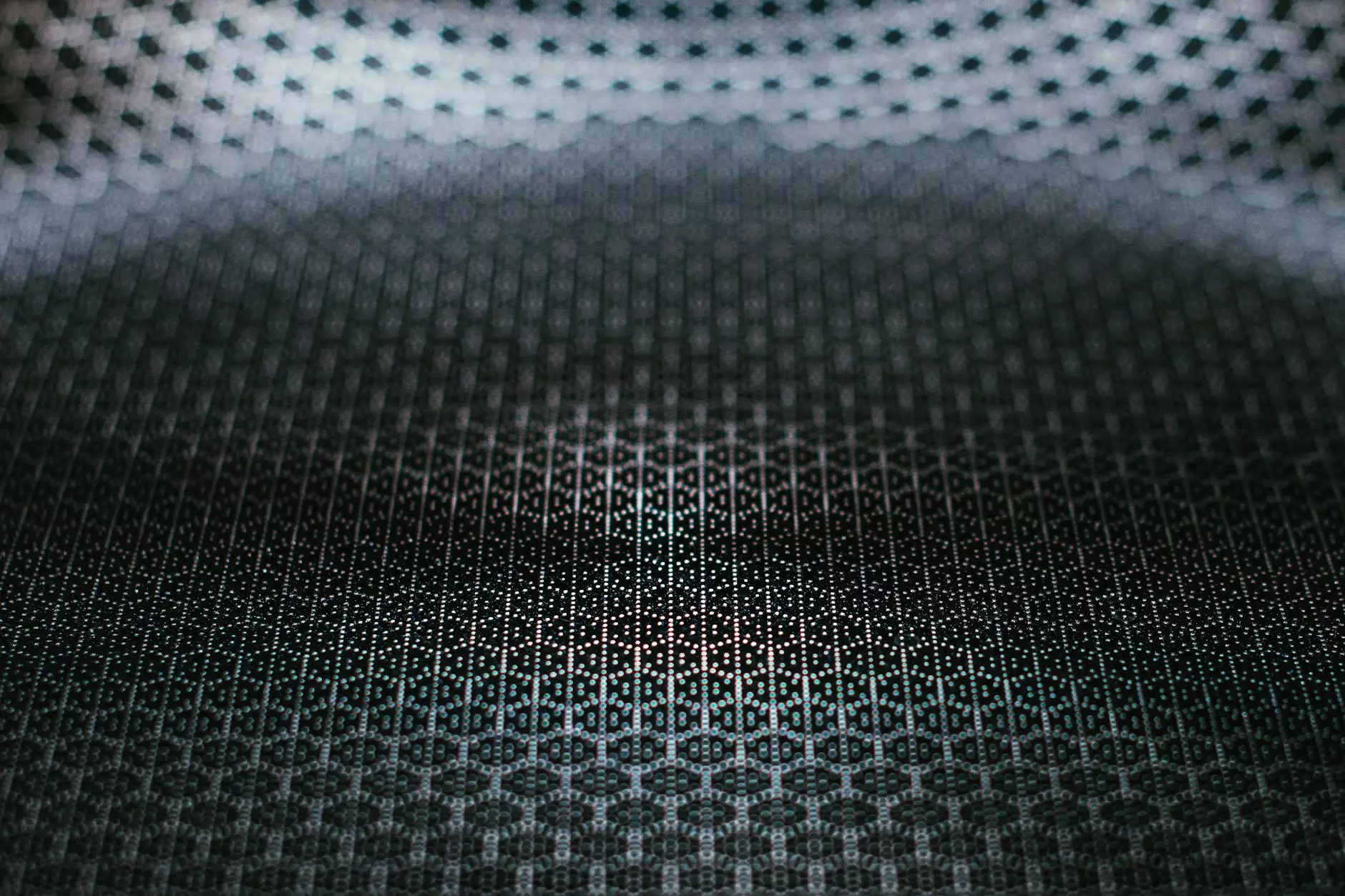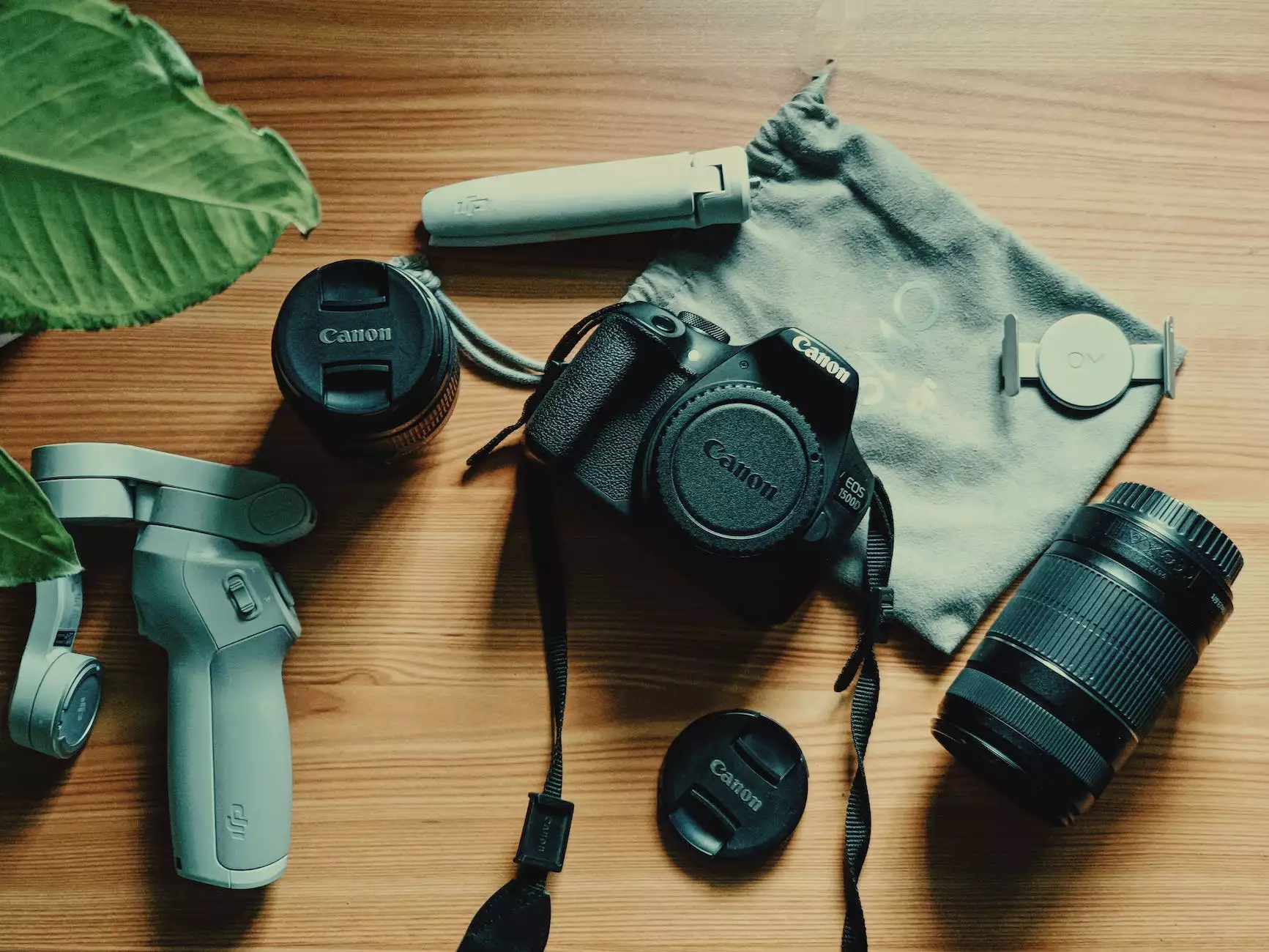Guitar Neck Shapes and Fretboard Radius Explained
Technology
The Importance of Guitar Neck Shapes and Fretboard Radius
When it comes to playing the guitar, having a comfortable and playable neck is crucial. Guitar neck shapes and fretboard radius play a significant role in determining the overall feel, playability, and sound of the instrument. Whether you are a beginner or an experienced player, understanding the different neck shapes and radius options is essential in choosing the right guitar for your playing style.
1. Different Guitar Neck Shapes
There are various guitar neck shapes available, each offering a unique playing experience. Let's explore some of the most common neck shapes:
a) C-shaped Neck
The C-shaped neck is one of the most popular neck profiles. It provides a comfortable grip and is suitable for a wide range of playing styles, making it an excellent choice for beginners and versatile players.
b) V-shaped Neck
The V-shaped neck offers a more vintage feel and is favored by players who enjoy a substantial and chunky grip. It provides excellent stability and control, making it ideal for blues, rock, and country players.
c) U-shaped Neck
The U-shaped neck provides a thicker profile, allowing for a more substantial grip. It is commonly found on vintage-style guitars and is preferred by players looking for a vintage-inspired playing experience.
d) Thin "Modern" Neck
The thin "modern" neck has gained popularity in recent years, especially in the realm of electric guitars. It offers a sleek and fast playing surface, making it suitable for players who prefer speed and agility.
2. Understanding Fretboard Radius
The fretboard radius refers to the curvature of the fretboard from the highest to the lowest point. It plays a crucial role in determining the feel and playability of the guitar. Let's explore some common fretboard radius options:
a) Vintage Radius
The vintage radius typically ranges from 7.25 inches to 9.5 inches. It offers a classic feel and is characterized by a more pronounced curvature. Vintage radius is well-suited for players who enjoy playing chords and bending notes.
b) Modern Radius
The modern radius, commonly found on contemporary electric guitars, typically ranges from 10 inches to 14 inches. It provides a flatter playing surface, allowing for easier string bending and faster playing across the neck.
c) Compound Radius
The compound radius combines the best of both worlds, featuring a flatter fretboard near the nut and a more rounded curvature as you move up the neck. This design offers optimal playability and versatility across different playing styles.
3. Choosing the Right Neck Shape and Fretboard Radius
Choosing the right neck shape and fretboard radius depends on your personal preferences and playing style. Here are some factors to consider:
a) Playing Style
If you primarily play chords and rhythm, a comfortable C-shaped neck with a vintage radius may be a great fit. However, if you prefer faster solos and intricate lead playing, a thin "modern" neck with a flatter radius might be more suitable.
b) Hand Size
Hand size plays an important role in determining the right neck shape. Players with smaller hands may find a thinner neck profile more comfortable to navigate, while players with larger hands may prefer a thicker neck for a more substantial grip.
c) Musical Genre
Certain genres, such as blues and rock, often benefit from the stability and vintage feel provided by a V-shaped neck and a vintage radius. On the other hand, genres like jazz or metal may require the speed and precision offered by a thin "modern" neck and a flatter radius.
4. Conclusion
Choosing the right guitar neck shape and fretboard radius is a personal decision that should be based on your individual preferences and playing style. Understanding the characteristics of different neck shapes and radius options empowers you to make an informed choice when selecting your next guitar. Whether you're a beginner or an experienced player, finding a neck that feels comfortable and enhances your playing experience is key to unlocking your full potential as a guitarist.




